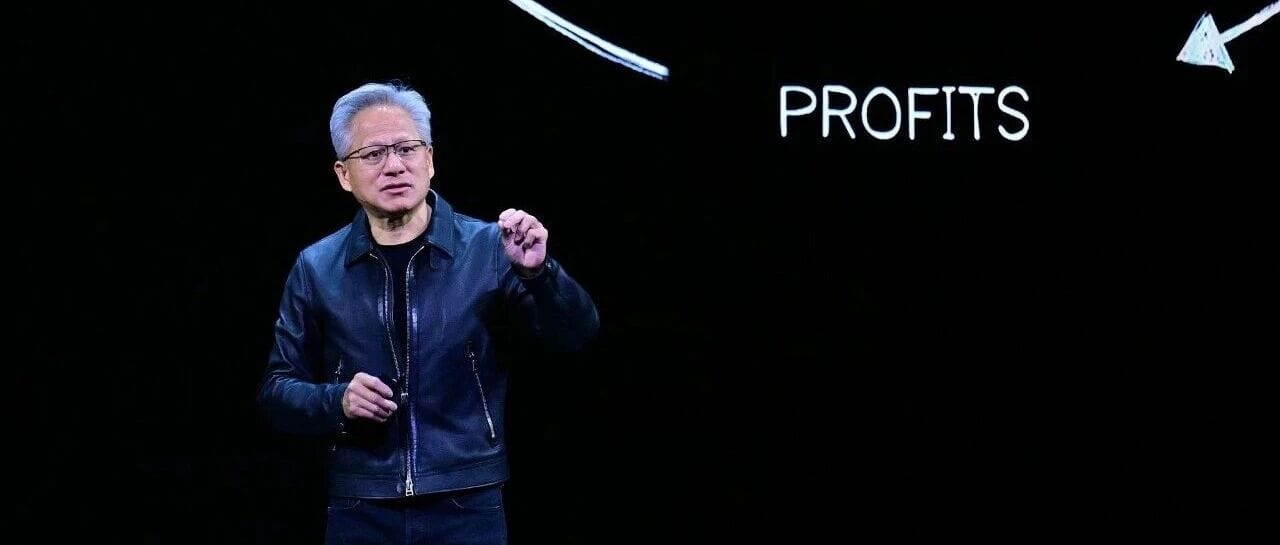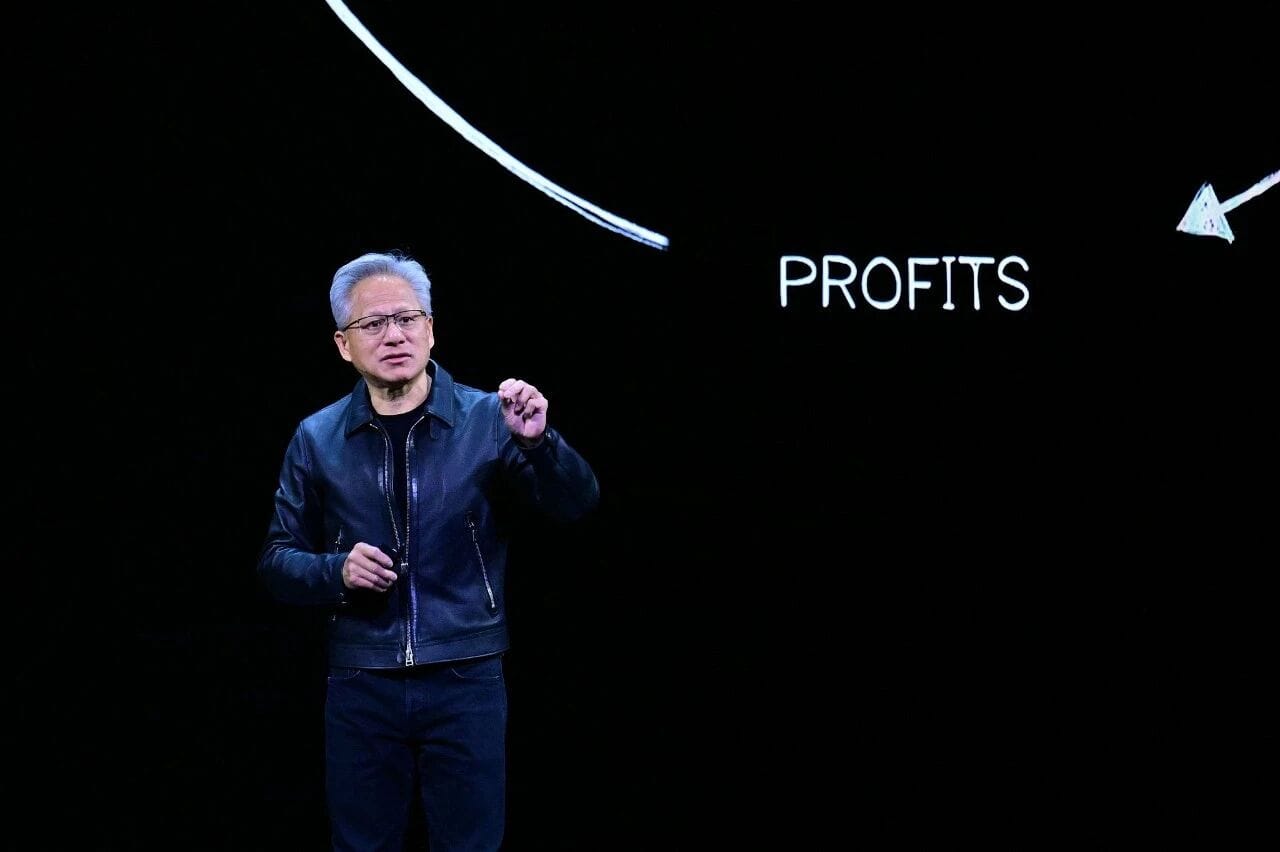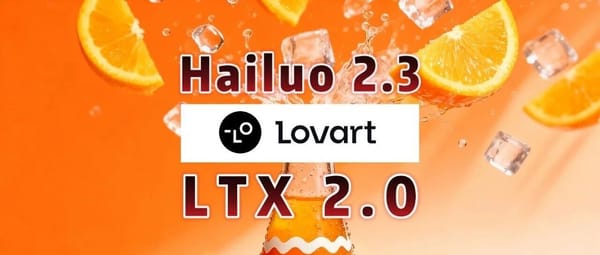The Secret Behind Nvidia’s $5 Trillion Valuation Hidden in Jensen Huang’s Latest Speech | Deep Web

The Key to the Future



Image source: Visual China

---
Historic Market Milestone
On October 29 (ET), NVIDIA’s stock surged nearly 3%, closing with a historic $5 trillion market cap — the first public company worldwide to reach this level.
It took only 113 days to jump from $4 trillion to $5 trillion.
According to Forbes real-time rankings:
- Jensen Huang, NVIDIA’s CEO, gained $5.2 billion in personal wealth recently.
- His net worth now sits at $179.6 billion, ranking him 8th globally.
---
Huang’s GTC Keynote: Four Pillars of AI
On October 28 (ET) at the second GTC conference in Washington, D.C., Jensen Huang mapped out NVIDIA’s strategy to fuel the AI era — across hardware, software, and systems — becoming a foundation for:
- Digital AI
- 6G communications
- Quantum computing
- Physical AI (robotics & autonomous driving)
Core Highlights
- Strategic Transformation: From hardware supplier to full-stack infrastructure for global intelligence.
- Accelerated Computing: Defining the “AI factory” paradigm for scalable AI production.
- Extreme Co-Design: Full-stack optimization to push performance while cutting costs.
- Ecosystem Expansion: Advancing 6G, quantum computing, and physical AI.
- Core Platforms: Strengthening CUDA & Omniverse digital twins.
---
Computing Revolution — From CPU to GPU Acceleration
Huang traced computing’s history:
- Since the 1940s, CPU-based von Neumann architecture dominated.
- As transistor scaling slowed and Dennard’s law broke down, CPUs could no longer meet demand.
> “We foresaw early that Moore’s Law would approach physical limits,” Huang noted.
Solution: Accelerated computing with GPUs, requiring new algorithms, libraries, and applications.
- CUDA enables developers to fully exploit GPU parallelism.
- Now applied by TSMC, Samsung, ASML in areas like automation, medical imaging, and quantum computing.
Quantum Computing and GPUs
- Complementary to classical computing — enhances accelerated computing.
- NVIDIA works with global quantum companies & labs to apply quantum in science, manufacturing, and healthcare.
---
Strategic Partnership: NVIDIA + Nokia on 6G
Communication networks = critical to economies & defense.
Huang argued for U.S. leadership in next-gen wireless tech.
Action:
- Partnering with Nokia (2nd-largest telecom equipment maker).
- Aim: Develop 6G networks driven by AI & GPU acceleration.
- Goal: Upgrade >1 million base stations to smart 6G/AI nodes.
---
Product Launch: NVIDIA Arc Wireless Network Computer
Core Tech
- Grace CPU
- Blackwell GPU
- ConnectX Mellanox network
First-ever: Programmable communication architecture supporting parallel wireless & AI workloads.
Integrating Arc into Nokia’s base stations enables:
- Real-time AI beamforming
- Optimized signal and spectrum usage
AI-on-RAN Paradigm
Two directions:
- AI-for-RAN: AI improves radio channel performance.
- AI-on-RAN: Deploy compute at network edges, extending cloud to the edge.
---
Road to Quantum Supercomputing
Huang revisited quantum computing’s path since 1981 (Feynman).
- Key breakthrough: Error-corrected qubits achieved last year.
Future:
- Integrate quantum processors with GPU supercomputers for better error correction & algorithm simulation.
NVQLink & CUDA-Q
- NVQLink: High-speed interconnect between quantum CPUs & GPUs.
- Supported by 17 quantum firms and 8 DOE labs.
- Partnership with DOE to build 7 new AI supercomputers in the U.S.
---
Extreme Co-Design: Building the AI Factory
AI Evolution: Tool → Autonomous Worker
- Examples: Perplexity AI (trip planning), Cursor (coding), autonomous driving.
Three AI Development Stages
- Pre-training: Foundation
- Post-training: Skills
- Real-time deep reasoning: Goal
Scaling Law: Explosive growth in compute demand → Moore’s Law limits → Extreme Co-Design as answer.
- Grace Blackwell: 10× performance with only 2× transistor increase → lowest cost per token.
---
Physical AI — Robotics & Autonomous Driving
Physical AI needs three computing device types:
- Training computers (Grace Blackwell NVLink 72 + Omniverse DSX)
- Simulation computers (physics-accurate environments)
- Embedded robotic computers (in robots/vehicles)
Applications:
- Texas factories using robotic automation.
- Foxconn building robotics plants.
- Partnerships: Figure (humanoids), Agility (warehousing), Johnson (surgical robots), Disney (learning frameworks).
Autonomous Vehicles
- Drive Hyperion platform for multi-sensor & redundancy.
- Partners: Lucid, Mercedes-Benz, Stellantis.
- Prediction: Trillions of miles/year in autonomous driving, 100M new cars annually, 50M taxi vehicles.
- Partnership with Uber for global autonomous network.
---
The Creator Perspective: AiToEarn
AiToEarn官网 — open-source AI content monetization platform.
Creators can:
- Generate AI-powered content.
- Publish across Douyin, Kwai, WeChat, Bilibili, Rednote, Facebook, Instagram, LinkedIn, Threads, YouTube, Pinterest, and X.
- Analyze performance & monetize efficiency.
Synergy: Mirrors NVIDIA’s infrastructure vision — scalable, interconnected platforms enabling productivity at all levels.
---
Produced by Xiaoman Studio | Tencent News
Copyright belongs to Tencent News. Reproduction requires permission.
---
Do you want me to also create a short executive summary at the top of this rewritten version so readers can grasp the entire article in under a minute? That could make the piece much more engaging and shareable.


